droopy drangon plant
gpreston83
11 years ago
Featured Answer
Sort by:Oldest
Comments (29)
gpreston83
11 years agoRelated Professionals
Derry Landscape Architects & Landscape Designers · Waunakee Landscape Architects & Landscape Designers · Westwood Landscape Contractors · Brookside Landscape Contractors · Damascus Landscape Contractors · Fairfield Landscape Contractors · Hicksville Landscape Contractors · Inglewood Landscape Contractors · Leicester Landscape Contractors · Lorain Landscape Contractors · South Lyon Landscape Contractors · Wallingford Landscape Contractors · Yukon Landscape Contractors · Shafter Landscape Contractors · Glenbrook Interior Designers & DecoratorsMatt68046
11 years agoThe Ficus Wrangler
11 years agojojosplants
11 years agoTiffany, purpleinopp Z8b Opp, AL
11 years agogpreston83
11 years agoThe Ficus Wrangler
11 years agoTiffany, purpleinopp Z8b Opp, AL
11 years agogpreston83
11 years agoTiffany, purpleinopp Z8b Opp, AL
11 years agoThe Ficus Wrangler
11 years agobirdsnblooms
11 years agoTiffany, purpleinopp Z8b Opp, AL
11 years agojerusalemavc
7 years agoThe Ficus Wrangler
7 years agoGreenLarry
7 years agosampson2001 (zone 6a - cleveland - clay
7 years agoNorberto Figueroa
4 years agoThe Ficus Wrangler
4 years agotapla (mid-Michigan, USDA z5b-6a)
4 years agolast modified: 4 years agoemail_aisha
3 years agotapla (mid-Michigan, USDA z5b-6a)
3 years agoBrittney Nicole
3 years agoBrittney Nicole
3 years agoBrittney Nicole
3 years agoThe Ficus Wrangler
3 years agoBrian Johnson
2 years agotapla (mid-Michigan, USDA z5b-6a)
2 years ago
Related Stories
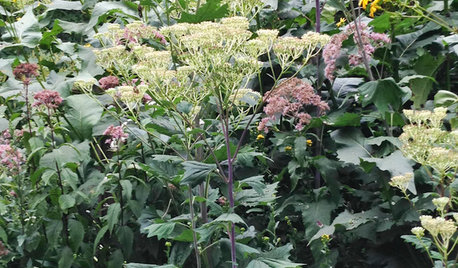
GARDENING GUIDESGreat Design Plant: Pale Indian Plantain Stands Tall and Proud
Height and generous flower heads earn Arnoglossum atriplicifolium the attention of both human and insect visitors
Full Story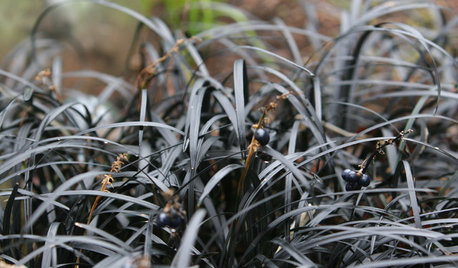
GARDENING GUIDESGreat Design Plant: Black Mondo Grass
Skip the mall and spend Black Friday planting this unusual low-maintenance grass
Full Story
CONTAINER GARDENSContainer Garden Basics: How and When to Water Potted Plants
Confused about soil moisture, the best time to water and what watering device to use? This guide can help
Full Story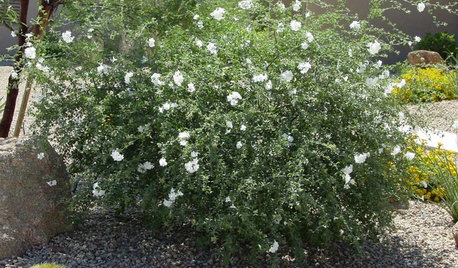
GARDENING GUIDESGreat Design Plant: Little-Leaf Cordia Handles Desert Extremes
Its delicate white flowers are rare in hot and dry sites, but Cordia parvifolia offers more than mere beauty
Full Story
HOUSEPLANTS8 Essentials for Healthy Indoor Plants
Houseplants add so much to our homes — and can thrive when grown in the right conditions. Keep these tips in mind
Full Story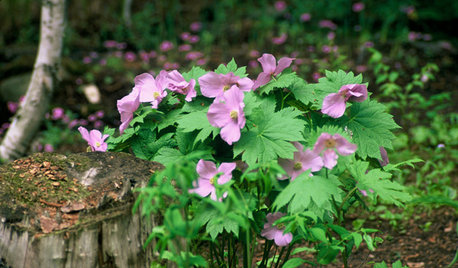
GARDENING GUIDES7 Shade-Loving Rarities of the Plant World
Cultivate a discriminating air in a shady garden patch with these uncommon woodland wonders
Full Story
FLOWERS AND PLANTSBauhinia Lunarioides Perfumes the Garden With Its Fragrant Flowers
Bees and butterflies flock to this Texas shrub’s white and pink flowers in spring and summer
Full Story
FALL GARDENING20 Favorite Flowers for the Fall Landscape
Vivid blooms and striking shapes make these annuals and perennials a delight in autumn gardens
Full Story
GARDENING GUIDES10 Cold-Hardy Succulents for Cool-Season Interest
These attractive plants shrug off colder temperatures, and many can be brought inside in containers in extra-chilly climates
Full Story
LANDSCAPE DESIGNLet Nature Inspire Your Landscape: Ideas for a Woodland Garden
Fill your senses with the magic of a wild forest-inspired garden — from shady understory plants to towering treetops
Full StoryMore Discussions






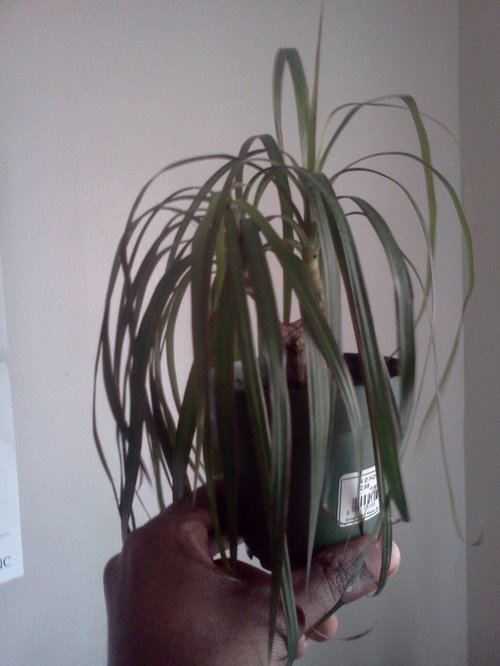
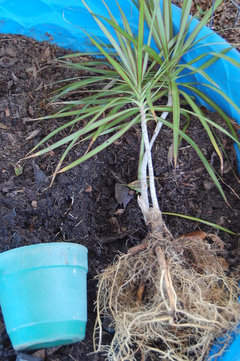
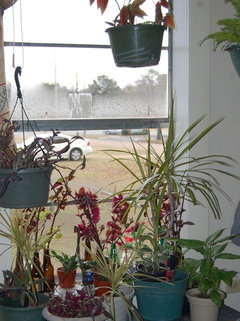
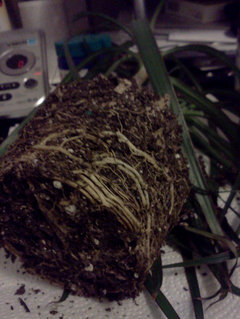
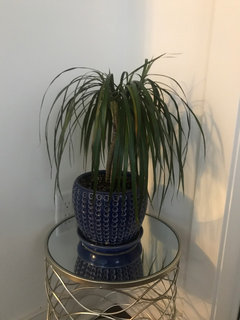
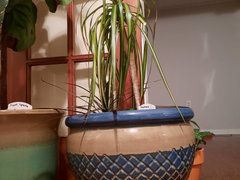




The Ficus Wrangler